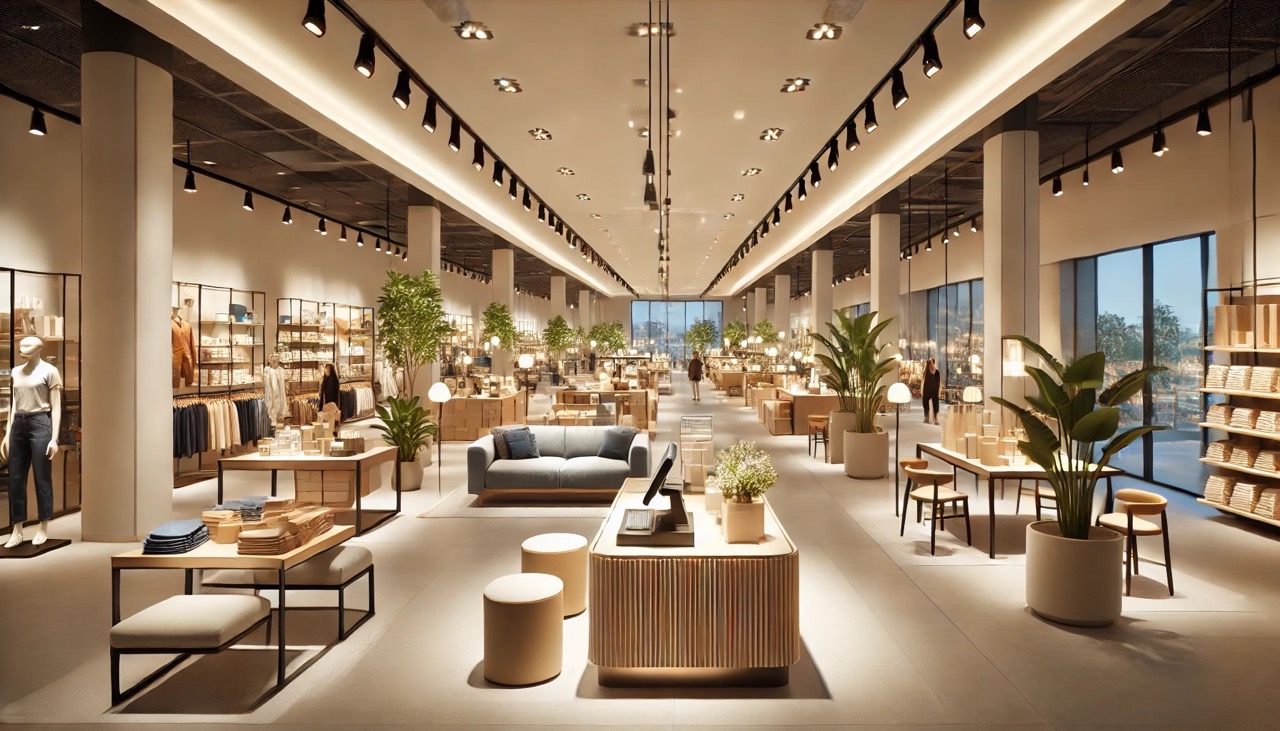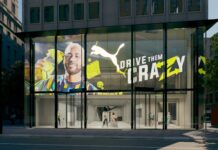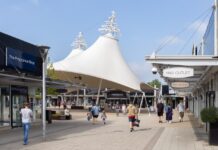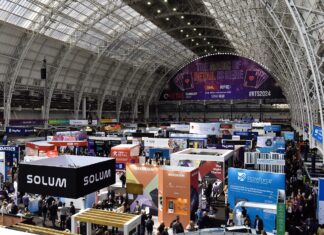Effective lighting is a critical element in retail design, influencing shopper behaviour, enhancing product visibility, and driving sales. Different lighting strategies, such as ambient, task, and accent lighting, play unique roles in creating an inviting and engaging shopping environment.
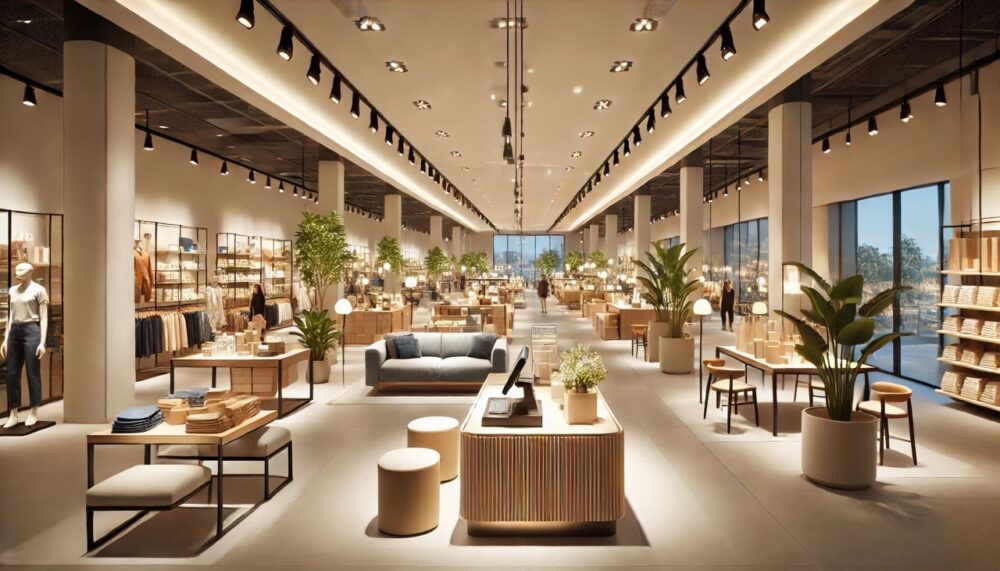
Enhancing Shopper Experience
Lighting sets the tone for a retail space. Ambient lighting provides general illumination, creating a welcoming atmosphere that encourages shoppers to explore. It ensures that the store is evenly lit, reducing shadows and creating a comfortable environment for customers. Task lighting focuses on specific areas like checkout counters, fitting rooms, or product displays, enhancing functionality and visibility where it’s needed most. Accent lighting, on the other hand, draws attention to particular products or features, creating visual interest and highlighting promotions.
Influencing Buying Decisions
The colour temperature and intensity of lighting can significantly affect customer perceptions and behaviour. Warm lighting creates a cosy, inviting atmosphere that can encourage customers to spend more time in the store and make purchases. Cooler lighting, which evokes a sense of cleanliness and modernity, is ideal for stores selling electronics or appliances. A balanced mix of warm and cool lighting helps highlight different products effectively, ensuring they are seen in the best possible light.
Psychological Effects
Lighting also has psychological effects on shoppers. Properly designed lighting can enhance mood, reduce stress, and make the shopping experience more enjoyable. Studies have shown that well-lit stores are perceived as more welcoming and can increase the time customers spend browsing. Dynamic lighting, which involves changing light levels or colours, can add excitement and keep the shopping environment engaging.
Sustainability in Retail Lighting
Sustainability is becoming increasingly important in retail lighting. Energy-efficient lighting solutions not only reduce operational costs but also minimise environmental impact. LED lighting, for example, consumes less energy and has a longer lifespan compared to traditional lighting options such as incandescent and halogen lights. Additionally, LEDs produce less heat, reducing the need for air conditioning and further lowering energy consumption.
Implementing sustainable lighting solutions can also enhance a retailer’s brand image, appealing to environmentally conscious consumers. Retailers can integrate natural light through skylights and large windows, reducing the need for artificial lighting during daylight hours. Moreover, smart lighting systems that adjust brightness based on occupancy and daylight availability can significantly cut down on energy usage.
Practical Applications
Examples of lighting trends and practical applications can be seen at the VM and Display Show, scheduled for 9-10 April next year. This event will showcase the latest innovations in retail lighting and display technologies, offering valuable insights into how lighting can enhance the shopping experience and drive sales.
Retail display lighting is a powerful tool that can transform the shopping environment, influence customer behaviour, and enhance product visibility. By strategically implementing different types of lighting and focusing on sustainability, retailers can create a welcoming and engaging atmosphere that boosts sales and customer satisfaction.
